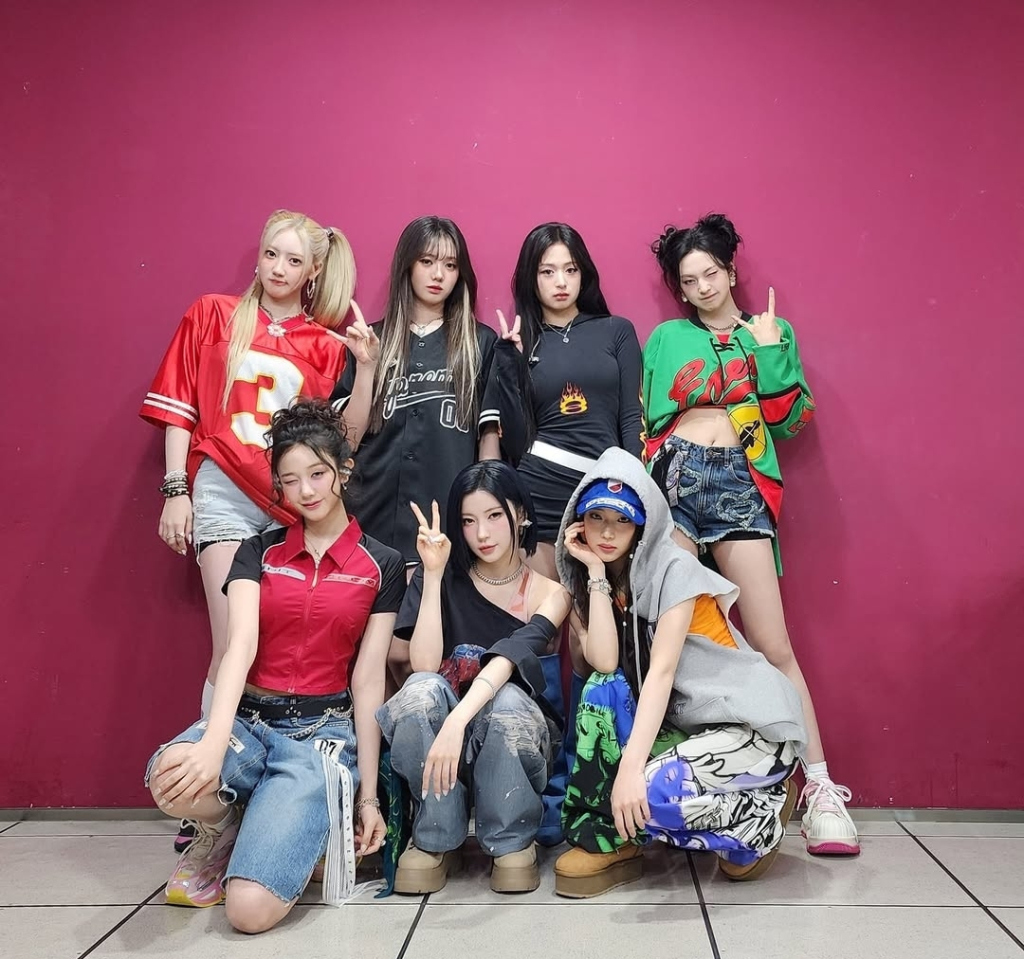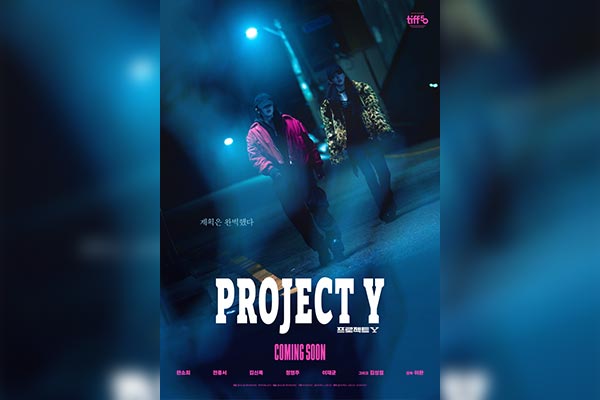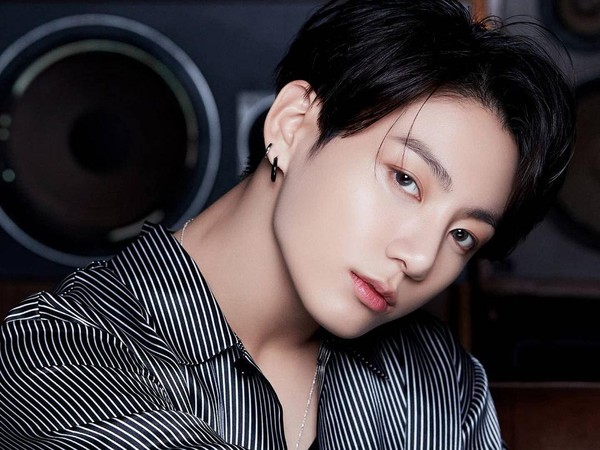Smashing – as the music builds to its climax, an entire stadium suddenly transforms into a shimmering sea of synchronized colored lights. The performers pause, visibly moved, as they realize their fans have orchestrated this stunning visual tribute just for them. This isn’t just audience participation it’s the new standard for K-Pop concerts worldwide.
Over the past decade, K-Pop fan projects have evolved from simple fan chants to elaborate productions that rival professional stage shows. These carefully planned spectacles demonstrate how modern fandoms have become equal partners in creating unforgettable concert experiences. But what drives fans to invest months of preparation in these projects? And how have they permanently changed the relationship between artists and audiences?
From Fan Chants to Full-Scale Productions
The journey began with coordinated fan chants—short call-and-response phrases timed to specific song moments. As fandoms grew more organized, these evolved into lightstick waves where thousands of glowing batons moved in perfect unison. Today’s projects incorporate advanced technology, with some fan bases using Bluetooth-controlled LED wristbands to create dynamic light shows across entire venues.
Social media platforms enabled this transformation by allowing global fan communities to plan collaboratively. Dedicated teams now create detailed instruction manuals, video tutorials, and even rehearsal schedules to ensure flawless execution. The level of coordination rivals professional event planning, with some projects requiring six months of preparation.
Breakdown of Iconic Fan Project Elements
Modern K-Pop fan projects typically feature several key components:
-
Synchronized Light Displays – Elaborate patterns created with official lightsticks that respond to musical cues
-
Surprise Visual Messages – Card sections forming words or images visible from the stage
-
Emotional Tribute Videos – Compiled fan messages played during encore moments
-
Alternate Fan Choreography – Audience-performed dance routines during instrumental breaks
These elements often combine to create viral moments that extend the concert’s impact far beyond the venue walls. When BTS fans coordinated a global “Butterfly Project” across multiple tour stops, the resulting social media coverage generated more impressions than some commercial advertising campaigns.
The Psychology Behind Fan Participation
This phenomenon stems from K-Pop concerts unique artist-fan relationship model. Unlike Western music cultures that emphasize artist mystique, K-Pop concert sencourages reciprocal appreciation. Idols frequently acknowledge fan projects during shows, sometimes even pausing performances to take in the spectacle. This validation drives fans to create increasingly ambitious displays.
Industry analysts note these projects satisfy fundamental human desires for belonging and creative expression. Participating in a massive coordinated effort gives individual fans a sense of purpose within their community. The shared experience of successfully executing a complex project strengthens fan bonds as much as it delights the artists.
Technological Advancements Enabling New Possibilities
Recent innovations have expanded what fan projects can achieve:
Augmented reality filters now allow online viewers to participate in lightstick waves during live streams. Some fan clubs have developed apps that sync smartphone flashes to music beats. A few pioneering groups have even experimented with drone light shows controlled by audience input.
These technological integrations demonstrate how fan projects drive innovation in live entertainment. Concert producers now study K-Pop events to understand next-generation audience engagement techniques that could revolutionize performances across all music genres.
The Future of Fan-Artist Collaboration
As virtual and hybrid concerts become more common, fan projects are adapting accordingly. We’re seeing:
-
Digital fan walls displaying real-time messages from global audiences
-
Interactive voting systems that let crowds influence setlists
-
Holographic fan participation in extended reality shows
These developments suggest fan projects will become more personalized and immersive. The line between performer and audience continues to blur, creating exciting new possibilities for live entertainment.
Final Reflection: Redefining the Concert Experience
K-Pop fan projects represent more than just fandom enthusiasm—they showcase the transformative power of collective creativity. What began as simple gestures of support has grown into a new art form that enhances live performances for everyone involved.
These projects prove that today’s audiences want to be active participants rather than passive spectators. As other music industries take notice, we may soon see this collaborative concert model influence global entertainment standards. One thing remains certain: the most memorable concert moments will increasingly come from the crowd, not just the stage.





